Spice Showdown: Cajun vs. Creole – Which Flavor Rules Your Kitchen?
Table of Contents
- The Roots: History Behind the Heat
- What’s Inside? A Spice-by-Spice Breakdown
- Cajun vs. Creole: A Quick Comparison Table
- Cooking Like a Pro: Tips for Using Each Seasoning
- Buying Guide: Choosing the Best Cajun & Creole Spices
- Final Thoughts: Pick Your Poison (Or Seasoning)
The Roots: History Behind the Heat
Cajun and Creole are more than just spices — they’re culinary traditions rooted in Louisiana culture. But despite coming from the same state, their stories couldn’t be more different.
Cajun Cuisine: Rustic and Robust
Cajun food traces its origins back to French-Canadian settlers who were exiled from Acadia (now Nova Scotia) in the 18th century. They settled in rural Louisiana and developed a cuisine that was hearty, rustic, and full of bold flavors — think smoked meats, rich stews, and lots of heat.
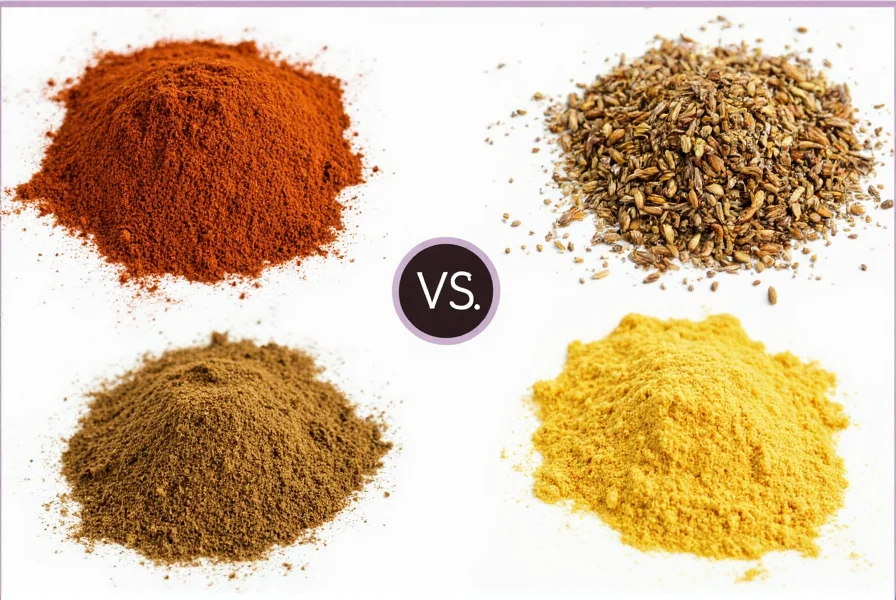
Creole Cuisine: Urban and Elegant
Creole seasoning, on the other hand, grew out of New Orleans, where a blend of Spanish, French, African, and Caribbean influences came together to create a more refined, layered flavor profile. It’s often used in dishes like jambalaya and étouffée, where complexity is key.
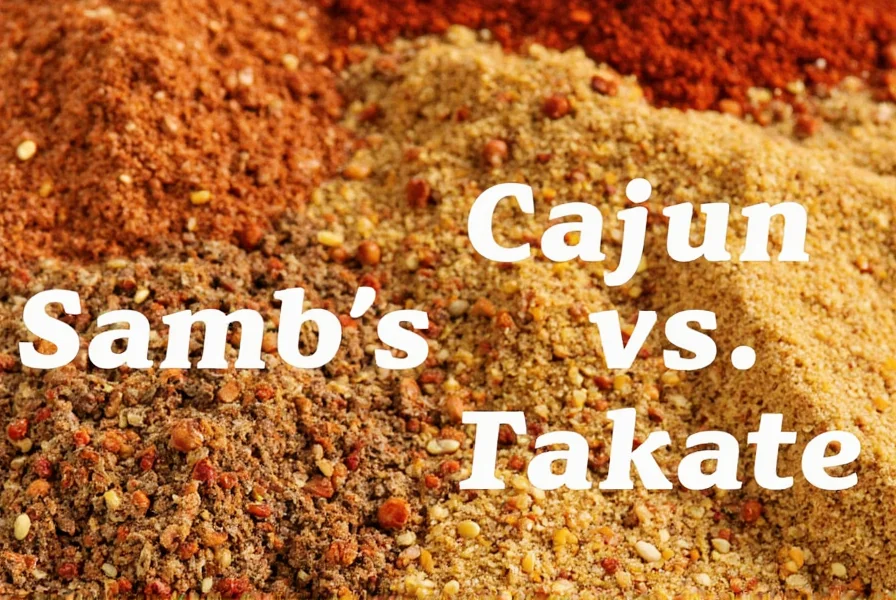
What’s Inside? A Spice-by-Spice Breakdown
The secret sauce (literally!) behind the difference lies in the ingredients. Let’s dive into what makes each seasoning unique:
Cajun Seasoning: Fire in the Belly
- Paprika – Adds a smoky base note
- Garlic powder – Brings depth and savoriness
- Onion powder – Enhances sweetness and umami
- Cayenne pepper – The main source of heat
- Black pepper – Adds bite
- White pepper – For extra warmth
Creole Seasoning: Herbs with Heart
- Paprika – Same smoky backbone
- Garlic powder – Again, adds savory notes
- Onion powder – Sweetness meets umami
- Oregano – Herbal, earthy kick
- Thyme – Brightens the blend
- Basil – Adds a hint of floral freshness
- Cayenne pepper (optional) – Often less spicy than Cajun
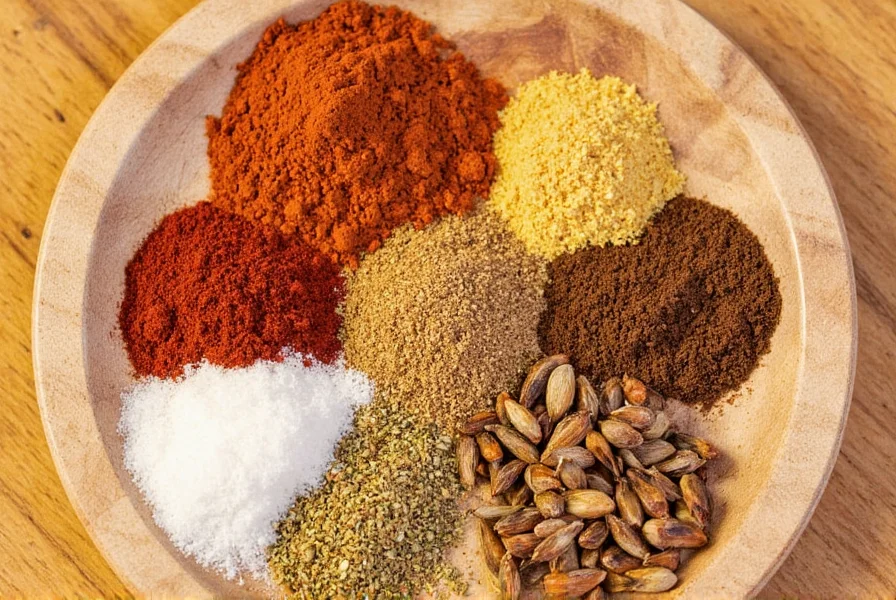
Cajun vs. Creole: A Quick Comparison Table
| Feature | Cajun Seasoning | Creole Seasoning |
|---|---|---|
| Origin | Rural Louisiana (Acadian roots) | New Orleans (Melting pot city) |
| Flavor Profile | Earthy, spicy, robust | Herby, complex, slightly sweet |
| Heat Level | Moderate to high | Low to moderate (can vary) |
| Signature Ingredients | Cayenne pepper | Oregano, thyme, basil |
| Best Used On | Seafood, poultry, grilled meats | Gumbo, rice dishes, soups |
Cooking Like a Pro: Tips for Using Each Seasoning
Whether you're grilling shrimp or simmering a stew, knowing when to use Cajun or Creole can make or break your dish. Here’s how to bring out the best in both:
Cajun Secrets
- Don’t be shy with the spice: Cajun blends are made to pack a punch, so feel free to liberally season proteins before grilling or roasting.
- Toast it first: For an extra depth of flavor, gently toast Cajun seasoning in a dry pan before adding to sauces or rubs.
- Pair with citrus: Lime or lemon juice helps balance the heat and enhances the earthy tones.
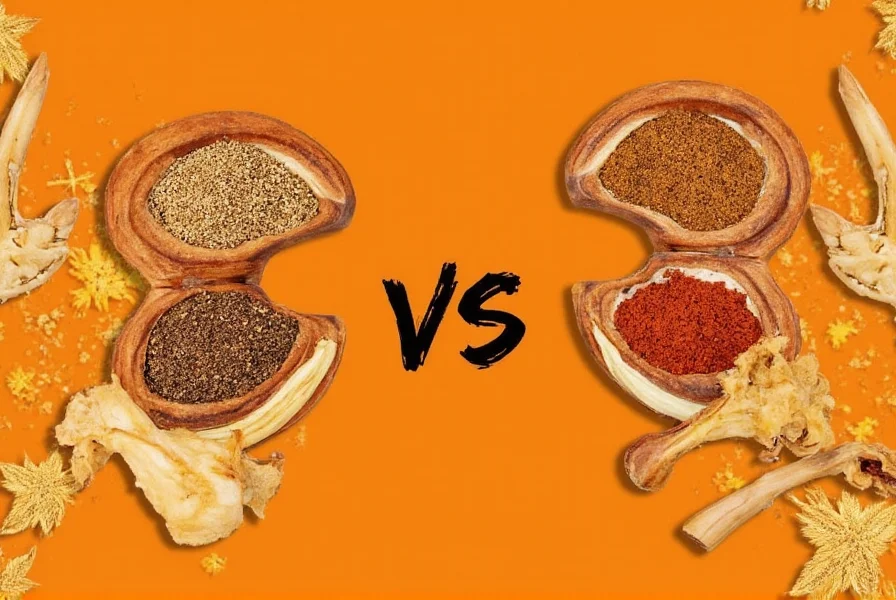
Creole Hacks
- Add early in cooking: Since Creole uses more herbs, it benefits from longer simmering to let flavors meld.
- Layer it: Use in multiple steps — sprinkle some into your roux, add more when browning meat, and finish with a dash on top.
- Go light with salt: Many store-bought Creole blends already contain salt, so adjust accordingly.

Buying Guide: Choosing the Best Cajun & Creole Spices
If you’re not blending your own (and there’s nothing wrong with that!), here are some top-rated options to keep in your pantry:
Top Cajun Blends
- Tony Chachere’s Original Extra Spicy Cajun Seasoning
- Features: Signature heat level, classic blend
- Advantages: Widely available, trusted brand
- Use Cases: Grilled meats, fried seafood, jambalaya
- Target Audience: Home cooks looking for authentic Southern flavor
- Suitable Occasions: Weeknight dinners, tailgating, backyard BBQs
- Zatarain’s Smoked Cajun Seasoning
- Features: Includes real smoke flavor
- Advantages: No artificial additives
- Use Cases: Ribs, pulled pork, grilled veggies
- Target Audience: BBQ lovers and smokers
- Suitable Occasions: Weekend cookouts, camping trips
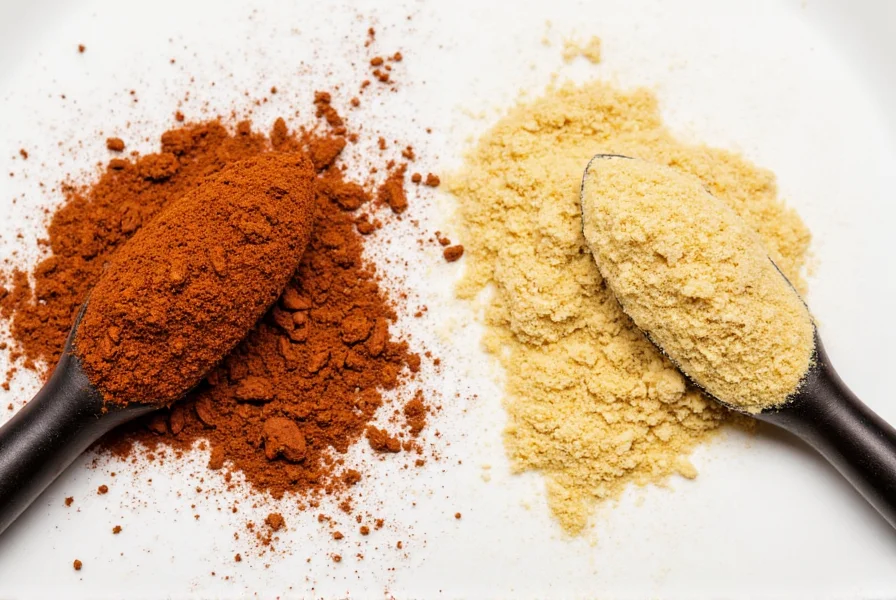
Top Creole Blends
- Slap Ya Mama Cajun/Creole Seasoning (Mild Green)
- Features: Mild heat with herbal notes
- Advantages: Versatile for both styles
- Use Cases: Gumbo, rice dishes, roasted vegetables
- Target Audience: Families, spice-sensitive eaters
- Suitable Occasions: Sunday dinner, family meals
- Penzeys Spices’ New Orleans Blend
- Features: Balanced, aromatic, salt-free option
- Advantages: Customizable salt levels
- Use Cases: Sauces, marinades, slow cooker dishes
- Target Audience: Health-conscious cooks
- Suitable Occasions: Meal prep, low-sodium diets
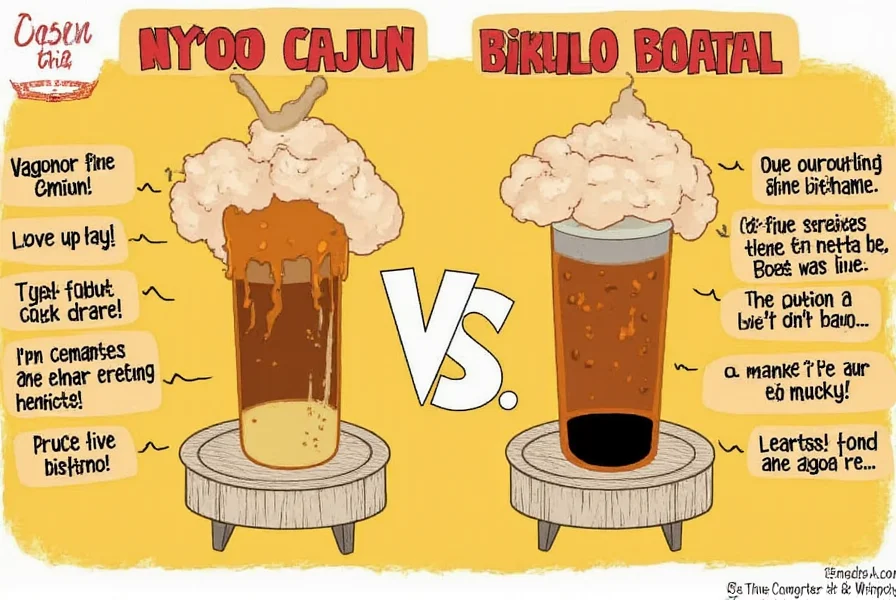
Final Thoughts: Pick Your Poison (Or Seasoning)
So what’s the bottom line? Cajun is your go-to when you want bold heat and rustic charm. Creole is perfect when you crave layers of herbaceous flavor without overwhelming spice. Both are essential in any well-stocked spice rack — and now you know exactly when to reach for each!
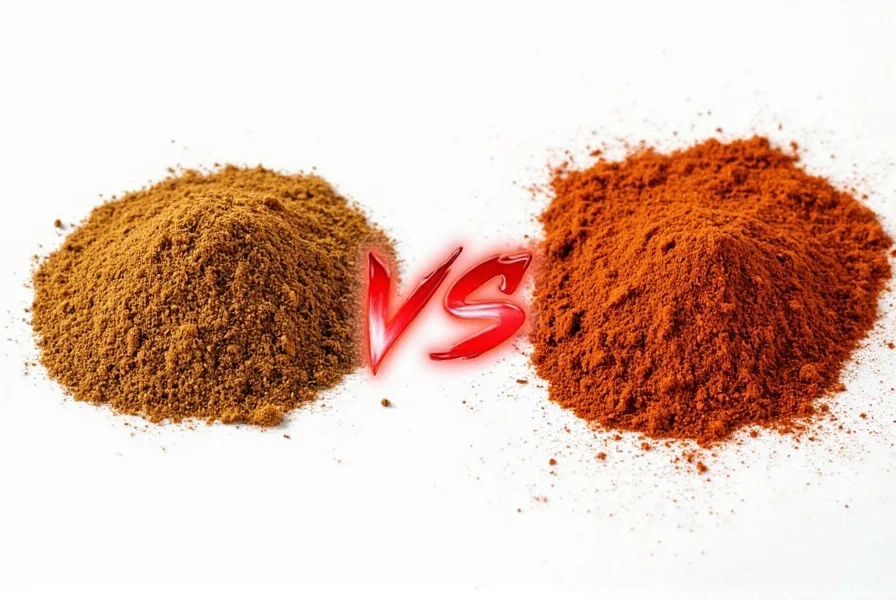
Remember: Taste as you go, trust your instincts, and don’t be afraid to mix things up. After all, the best spice blend is the one that makes your mouth happy — and maybe your neighbors too (they’ll definitely smell it).

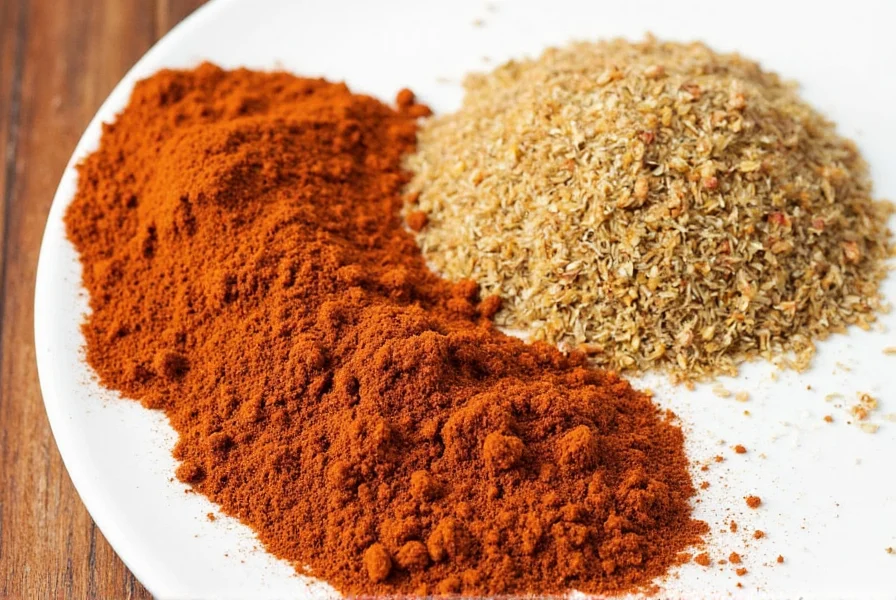









 浙公网安备
33010002000092号
浙公网安备
33010002000092号 浙B2-20120091-4
浙B2-20120091-4